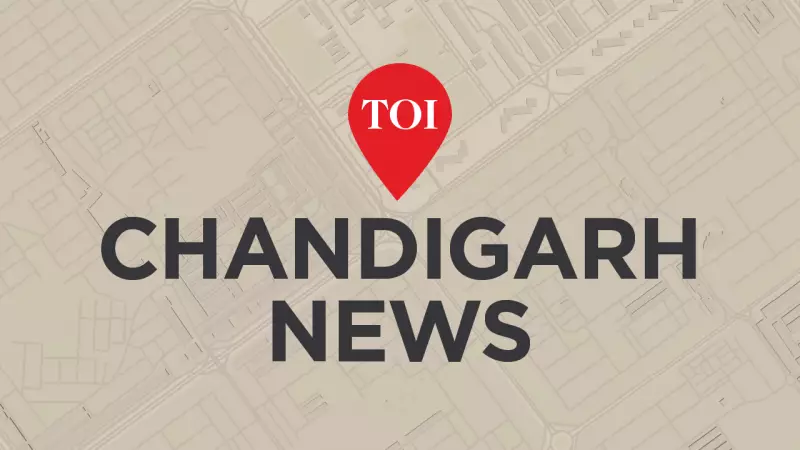
What began as a protest over governance reforms at Panjab University has transformed into a heated debate about the institution's identity and historical roots, creating deep divisions between student groups from Punjab and Haryana.
From Governance Protest to Regional Identity Clash
The Monday shutdown at Panjab University evolved into a large-scale mobilization that now carries strong undertones of the longstanding Punjab-Haryana contention over Chandigarh and the university itself. The original focus on Senate reforms has been overshadowed by passionate arguments about the institution's historical origins and regional identity.
Over the past week, campus walls and protest areas have been filled with slogans like "Mithi dhun rabab di, PU Punjab di" and "Khideya phull gulab da, Chandigarh Punjab da," gaining significant momentum as various groups from Punjab joined the agitation. Supporters of these slogans argue they reflect the university's pre-1966 history and its origins in undivided Punjab.
Historical Claims and Counter-Claims
PU Bachao Morcha leader Raman, who represents the Student Front, strongly defended the Punjab-centric perspective on Monday. "It is a historical fact," Raman stated, emphasizing that "We have nothing against Haryana, but the roots of this university and the city are from Punjab." Supporters point to Chandigarh being built on land taken from Punjab villages as evidence of their claims.
However, this territorial narrative has caused significant discomfort among students from Haryana, who feel the protest's original purpose is being hijacked by identity politics. Many Haryana-domicile students have taken to social media to express their concerns, urging protesters not to turn the movement into a Punjab versus Haryana conflict.
Internal Friction and Political Fallout
The growing tension has created visible divisions within the protest movement itself. During a coordination meeting before the shutdown, PUCSC joint secretary Mohit Manderna reportedly clashed with other leaders over the slogans and narrative being promoted.
The situation became more complicated when two PUCSC office-bearers from Haryana, who had been active participants in the movement, remained largely absent from protest activities on Monday. This absence signaled the deepening divide along regional lines.
Adding to the complexity, former student leader and INSO activist Puneet Masitan made a public appeal from the stage, stating that "Haryana should also get its share in Senate and this must not be turned into a Punjab-Haryana fight."
Formal Response from Haryana Students
In a significant development following a late-night meeting on Sunday, Haryana student leaders released a formal statement representing "Haryana domicile students and alumni of PU." The statement strongly condemned what they described as "misleading claims" that Panjab University belongs exclusively to Punjab.
The Haryana students emphasized the university's pre-reorganization jurisdiction over Haryana districts and its location in the joint capital of both states. "Haryana has an equal historical, academic and moral stake," the statement asserted, while urging the Central government to ensure proper representation for Haryana in any structural reforms.
As the debate intensifies, students find themselves caught between immediate campus demands and decades-old regional claims, with both sides firmly believing that history supports their position in this increasingly complex confrontation.





